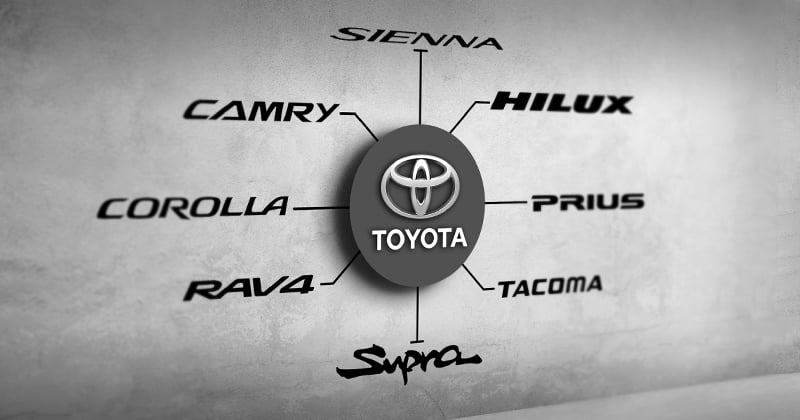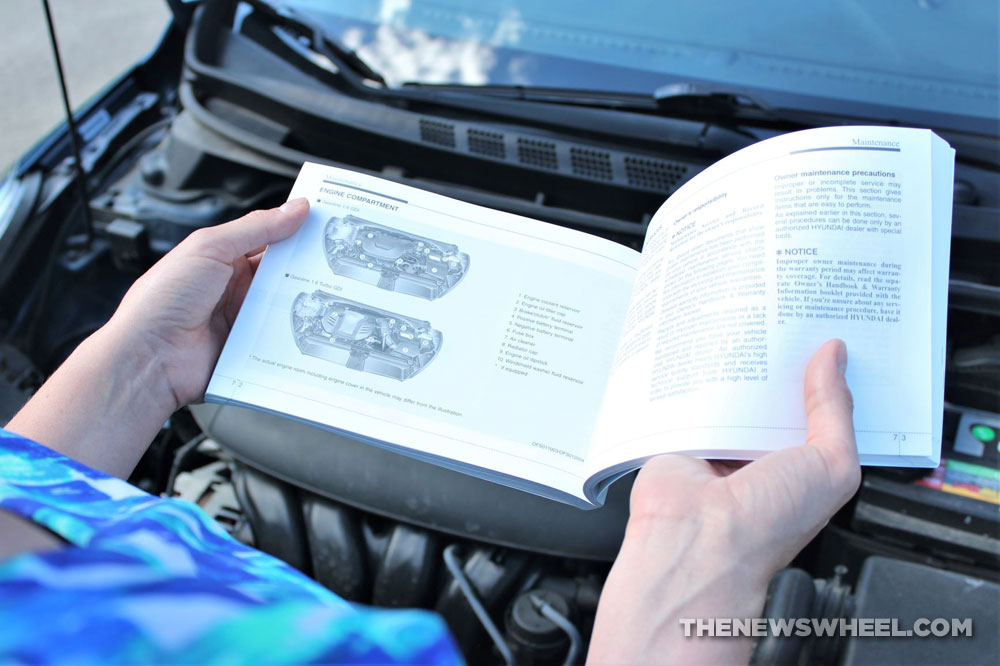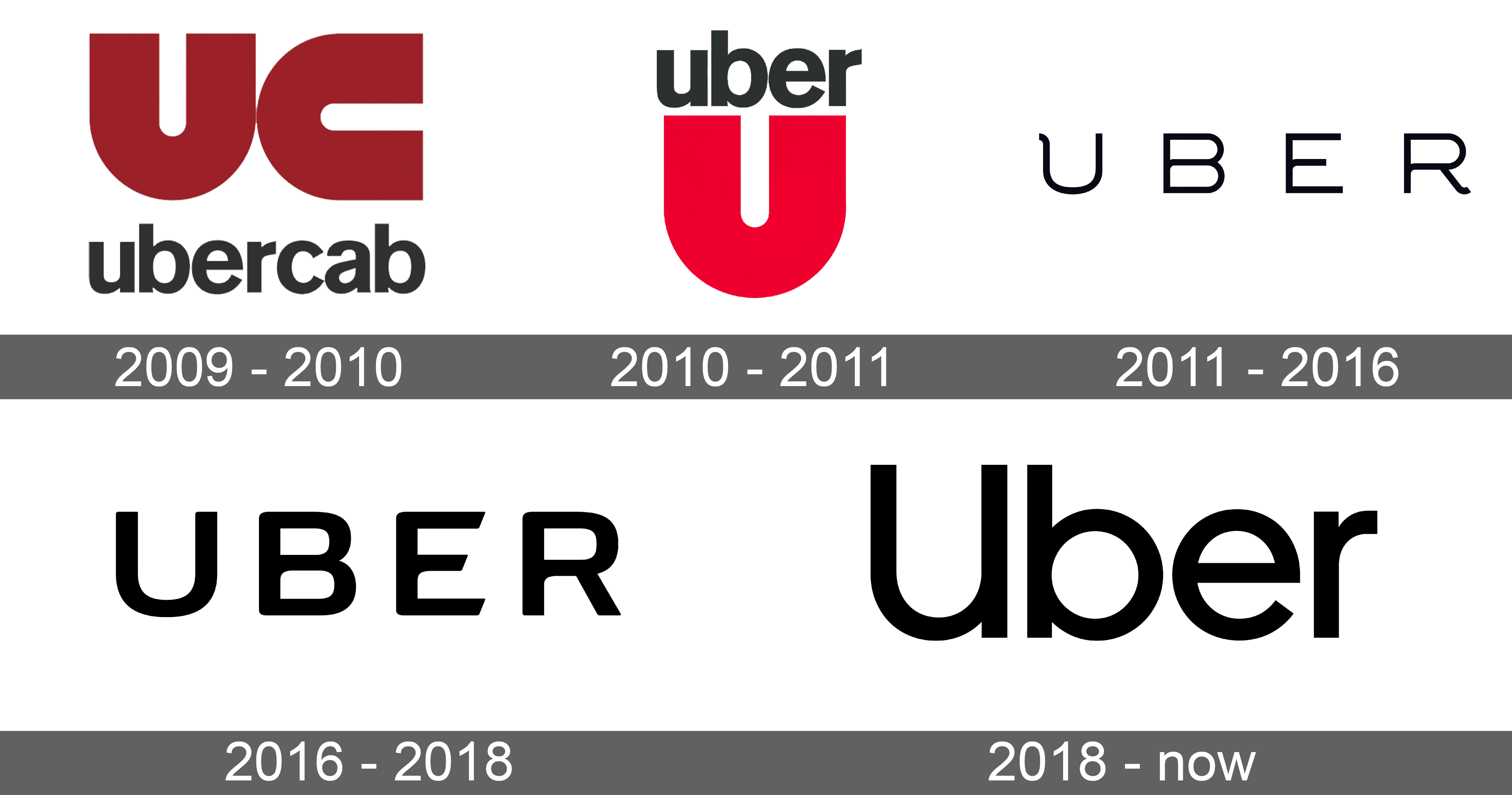The transportation industry majorly contributes to employment numbers and the GDP of a nation. In the EU, it accounts for 5% of their GDP, and in the USA, it accounts for 7.7% of their GDP. Since the transportation industry plays a dominant role in a nation's growth and development, businesses must safeguard their interest in this industry. In this article, we shall discuss the various alternatives that businesses should consider while seeking protection under various forms of Intellectual Property Rights (IPRs).
Trademarks

In simple terms, a trademark refers to a word, symbol, letter, sign, or a combination of words or designs that enable the identification and differentiation of products or services of one from those of others. The rights under trademarks are afforded by domestic Trademark Laws, federal laws (where applicable), and common laws. The registration of such marks affords the proprietor of such rights to exclusively use the mark for the defined products or services in the particular place where the registration has been sought.
Particularly in the transportation sector, a trademark may be utilized to reserve rights over several products or services belonging to a single entity. The same shall deem useful to protect the parent brand and the subsidiaries. Consider the example of the famous automobile giant originating from Japan, namely, Toyota, where Toyota is the prime brand and the other subsidiaries like Lexus, Ranz, and Daihatsu are safeguarded by trademarks.
Copyright

Copyright is vested in original works of authorship fixed in a tangible medium of expression. Like, any IPR, Copyright Protection can be availed under domestic copyright legislation or common law. However, only registered copyright can avail of the remedies enlisted in the respective legislation.
In the transportation industry, several crucial elements may be safeguarded via copyright. The same includes website content and display, software source code, and instruction manuals.
Patents
A patent may be obtained by inventors of new and useful inventions that are non-obvious to the person skilled in the art. Such rights give the inventor the exclusive right to use the invention while excluding others from making, using, selling, offering to sell, or importing into the jurisdiction where such protection has been obtained over the patented subject matter for a limited time.
Patents are significant and pivotal in the transportation industry since they provide an edge in the market and an advantage for first-move makers. Developing a patent landscape in such an industry can also aid the R&D process to converge strategic efforts in an invention's development.
Industrial Designs
An industrial design is a property right that is available to someone who has invented any new, original, and ornamental design for a product. It safeguards the aesthetics of a product and not its utilitarian features. Furthermore, Industrial Design Registration provides the proprietor with the exclusive right to the three-dimensional (3D) shapes and configurations and two-dimensional (2D) features of a product or service. Therefore, it may be utilized to protect either the entire product or a segment of it.
In the transportation sector, it can be used to complement Patent Rights over an invention by safeguarding the look and feel of the automobile or a part of the automobile.
Trade Secrets
Trade secrets include the ideas, know-how, and other significant information valuable to the business, like the names of trusted contractors or suppliers or information on the internal operation of a business that sets apart one entity from others. Such information should not be publicly available or known to others.
In the transportation sector, such confidential information is safeguarded by the mode of entering into legally binding agreements of non-disclosure. Where two entities are involved in a collaborative effort, it may also be beneficial to cross-license or exchange trade secrets under mutual circumstances.
Uber's Resolve to Protect Intellectual Assets
Uber has been utilizing IPRs since 1996 as a strategic tool to maintain an edge in the market while also building a niche. It has safeguarded several visual manifestations of its brand in the form of logos and icons. In 2016, it changed its logo to depict flexibility and brand fluidity. It also utilized the protection under utility Patent Law to safeguard its business methods.

Initially, patents registered in favor of Uber dealt with the dynamic adjusting of prices for availing its services, diagnosing a location related to on-demand services via the use of portable computing devices, and providing information related to the position of goods in transit to a computing device.
Later on, Uber's patents were observed to be filed on aspects based on splitting the fare for an on-demand service, optimizing the selection of drivers for requests of transportation, providing notifications to devices based on real-time conditions related to an on-demand service, and assistance related to trip planning and implementation.
However, tracing the recent developments, Uber's patents are more focused on autonomous vehicles with features like advancing remote assistance to an autonomous vehicle, an autonomous vehicle operated with guide assistance of human-driven vehicles, an autonomous vehicle with independent auxiliary control units, an intelligent lens masking system, etc.
Conclusion
As seen from the discussion hereinabove, innovation in the transportation industry is ever-evolving and focuses on developing a more efficient, safe, and consumer-friendly approach. Therefore, industries, companies, and start-ups need to be aware of the significance of safeguarding their innovative products and processes while also building on their brand value and image by securing IPRs to boost the commercial value of their inputs in the automobile industry.



No comments:
Post a Comment